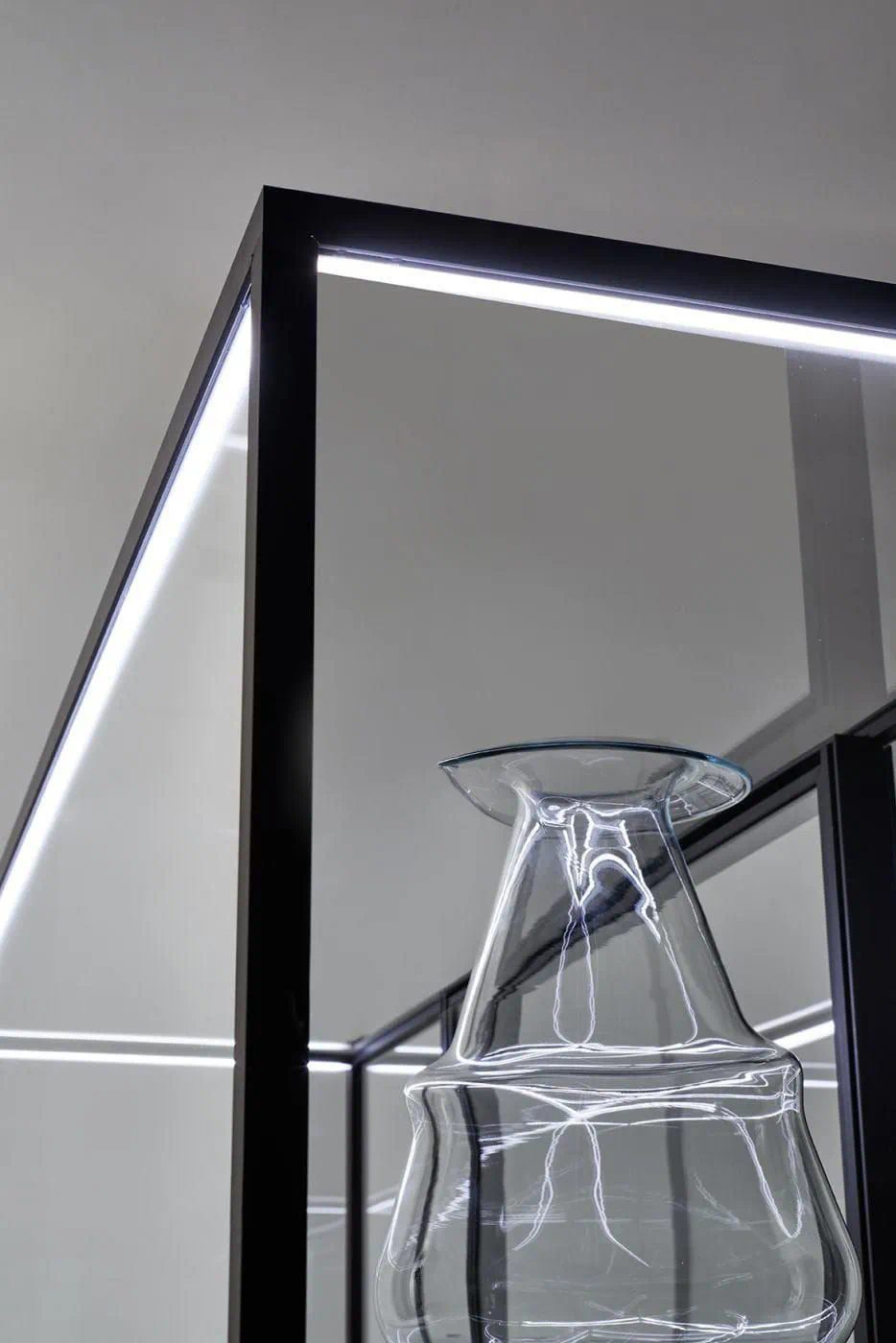Pfaudler Glass Lined Reactors are a crucial component in various industries, particularly in the chemical, pharmaceutical, and food processing sectors. These reactors are designed to provide superior resistance to corrosion and high temperatures, making them ideal for handling aggressive chemicals and ensuring safe and efficient reactions. In this comprehensive guide, we will delve into the design, operation, advantages, applications, maintenance, and future trends related to Pfaudler Glass Lined Reactors.
Pfaudler, a renowned manufacturer with a rich history in glass lining technology, has established its reputation by developing reactors that meet the stringent demands of modern industrial processes. The unique properties of glass lining make these reactors stand out in the market, particularly their ability to resist chemical attack and provide excellent thermal stability. This article aims to provide an in-depth understanding of these reactors, ensuring that readers can appreciate their significance and functionality.

h2: Overview of Glass Lined Reactors
Glass lined reactors are vessels that are coated internally with a layer of glass, which serves as a barrier between the reactor’s metal structure and the corrosive substances inside. This glass lining is typically made from high-quality borosilicate glass, known for its durability and resistance to chemical reactions. The glass lining process involves fusing the glass to the reactor’s metal surface at high temperatures, creating a strong bond that enhances the reactor’s overall lifespan.

The primary purpose of glass lining is to protect the underlying metal from corrosion caused by aggressive chemicals. In addition to corrosion resistance, glass lined reactors offer excellent thermal insulation, allowing for precise temperature control during chemical reactions. This feature is particularly beneficial in processes that require strict temperature regulation to ensure optimal reaction conditions.

h3: Key Components of Pfaudler Glass Lined Reactors
Understanding the key components of Pfaudler Glass Lined Reactors is essential for grasping how they operate. The main components include:
1. Reactor Vessel: The core of the reactor, typically made of carbon steel or stainless steel, is coated with glass lining. This vessel houses the reactants and facilitates the mixing and reaction process.
2. Agitator: The agitator is crucial for ensuring homogenous mixing of the reactants within the reactor. Pfaudler offers various types of agitators, including anchor, turbine, and paddle designs, tailored to specific applications.
3. Heating and Cooling Jackets: These jackets surround the reactor vessel and allow for temperature control by circulating hot or cold fluids. This feature enables precise thermal regulation during the reaction process.
4. Inlet and Outlet Ports: These ports facilitate the introduction of raw materials into the reactor and the removal of finished products. They are designed to minimize contamination and ensure safe handling of chemicals.
5. Sealing and Gasket Systems: Effective sealing is critical for maintaining pressure and preventing leaks. Pfaudler employs advanced sealing technologies to ensure the integrity of the reactor during operation.
h2: Advantages of Pfaudler Glass Lined Reactors
Pfaudler Glass Lined Reactors offer several advantages that make them a preferred choice for many industries:
1. Corrosion Resistance: The glass lining provides exceptional protection against corrosive materials, extending the reactor’s lifespan and reducing maintenance costs.
2. Thermal Stability: The reactors can withstand high temperatures and sudden temperature changes, making them suitable for a wide range of chemical processes.
3. Easy Cleaning: The smooth surface of the glass lining makes cleaning and maintenance straightforward, reducing downtime between batches.
4. Versatility: Pfaudler Glass Lined Reactors can be used for various applications, from simple mixing to complex chemical reactions, accommodating diverse industry needs.
5. Safety: The robust design and corrosion resistance contribute to safer operations, minimizing the risk of chemical spills or reactions that could jeopardize worker safety.
h3: Applications of Pfaudler Glass Lined Reactors
Pfaudler Glass Lined Reactors find applications across numerous industries, each benefiting from the unique characteristics of glass lining. Some notable applications include:
1. Pharmaceutical Industry: In pharmaceutical manufacturing, these reactors are used for synthesizing active pharmaceutical ingredients (APIs), where purity and corrosion resistance are paramount.
2. Chemical Processing: Various chemical reactions, including polymerization, esterification, and neutralization, can be efficiently conducted in glass lined reactors due to their versatility.
3. Food and Beverage Industry: Glass lined reactors are employed in producing food additives, flavors, and preservatives, where maintaining product quality and safety is crucial.
4. Biotechnology: In biotechnological processes, these glass lined reactor diagram reactors are utilized for fermentation and cell culture applications, benefiting from their sterile and non-reactive surfaces.
5. Waste Treatment: Some industries utilize glass lined reactors for treating hazardous waste, where the corrosion resistance ensures safe handling of toxic substances.
h2: Operational Considerations
When operating Pfaudler Glass Lined Reactors, several considerations must be taken into account to ensure optimal performance and safety:
1. Material Compatibility: It is vital to evaluate the compatibility of reactants with the glass lining and the underlying metal to prevent damage and ensure effective reactions.
2. Temperature Management: Maintaining the appropriate temperature is crucial for achieving desired reaction outcomes. Operators should utilize the heating and cooling jackets effectively to control thermal conditions.
3. Pressure Monitoring: Regularly monitoring the pressure within the reactor is essential to prevent over-pressurization, which could lead to dangerous situations.
4. Agitation Speed: The speed of the agitator should be adjusted according to the viscosity of the materials being processed to ensure efficient mixing without causing undue wear on the equipment.
5. Regular Maintenance: Conducting routine inspections and maintenance is critical for identifying potential issues early, ensuring the long-term reliability of the reactor.
h3: Maintenance of Pfaudler Glass Lined Reactors
Proper maintenance of glass lined reactors is essential for prolonging their lifespan and maintaining efficiency. Key maintenance practices include:
1. Visual Inspections: Regularly inspect the glass lining for any signs of wear, cracks, or chips. Early detection of damage can prevent more extensive repairs.
2. Cleaning Procedures: Implement appropriate cleaning protocols to remove residues and contaminants. The smooth surface of glass lining allows for easy cleaning, but care must be taken to avoid abrasive materials that could damage the lining.
3. Seal Checks: Inspect seals and gaskets periodically to ensure they are intact and functioning correctly, preventing leaks and maintaining pressure.
4. Calibration of Instruments: Regularly calibrate temperature and pressure gauges to ensure accurate readings, which are crucial for safe and effective reactor operation.
5. Documentation: Keep detailed records of maintenance activities, inspections, and repairs. This documentation can help identify patterns and inform future maintenance strategies.
h2: Future Trends in Glass Lined Reactor Technology
As industries evolve, so too does the technology surrounding glass lined reactors. Future trends may include:
1. Advanced Materials: Research into new composite materials that enhance the properties of glass lining could lead to even greater resistance to wear and chemical attack.
2. Smart Technology Integration: The incorporation of IoT devices for real-time monitoring and automation may improve operational efficiency and safety in glass lined reactors.
3. Sustainability Focus: As industries move toward sustainable practices, glass lined reactors may be adapted for greener processes, reducing waste and energy consumption.
4. Modular Designs: The development of modular reactor systems could allow for greater flexibility in production processes, enabling manufacturers to adapt quickly to changing demands.
5. Enhanced Safety Features: Continuous improvements in safety mechanisms, such as advanced pressure relief systems and emergency shut-off protocols, will further enhance the safety profile of glass lined reactors.
h3: Conclusion
Pfaudler Glass Lined Reactors are integral to the efficiency and safety of countless industrial processes. Their unique properties, including corrosion resistance and thermal stability, make them a valuable asset in various applications, from pharmaceuticals to biotechnology. Understanding the design, operation, advantages, and maintenance of these reactors is crucial for maximizing their potential.
As industries continue to evolve, the future of glass lined reactor technology promises exciting advancements that will further enhance their performance and application range. By staying informed about these developments, businesses can ensure they leverage the full benefits of Pfaudler Glass Lined Reactors, contributing to more efficient, safe, and sustainable industrial practices.





